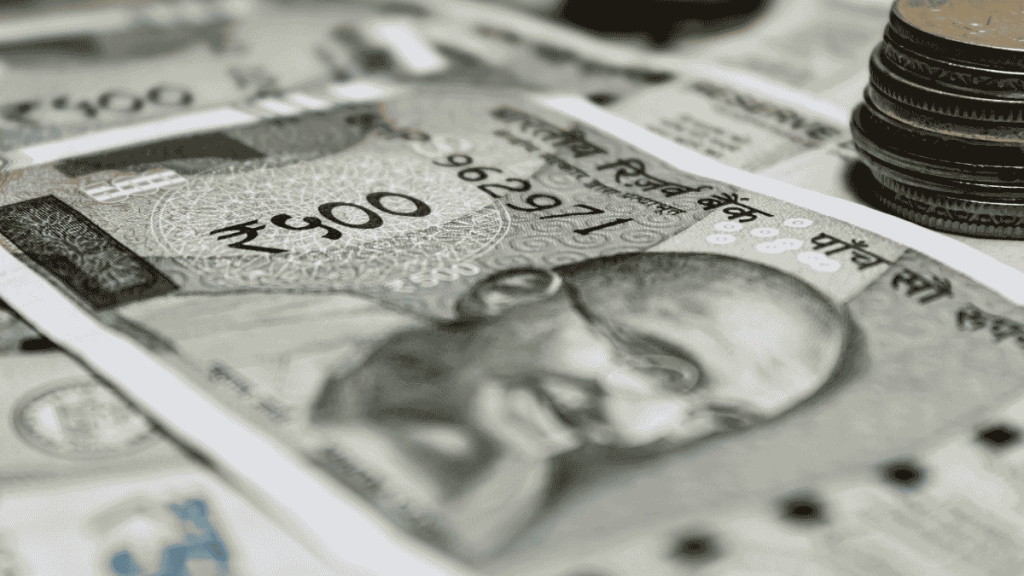The Centre’s budgetary capital expenditure in the first half of the current financial year is expected to reach 50% of the annual target of Rs 11.21 lakh crore, reflecting a further acceleration of such asset-creating spending upon the momentum gathered in the first quarter.
Centre’s Capex Momentum Accelerates
“Budget capex reached 41-42% of the annual target till August,” a senior official said, adding that major spending heads like roads, railways and defence projects were doing very well.
The Centre’s capex was just 37% of the annual target in the first half of the last financial year due to the lull caused by elections.
The sustained focus on capex by the Centre, which is believed to be somewhat matched by state governments, is expected to cushion any adverse impact on gross domestic product (GDP) growth from the 50% additional US tariff on Indian goods. The GDP expanded at a healthy pace of 7.8% in Q1.
A consumption push from the income tax relief announced in the Budget and the Goods and Services Tax (GST) reforms could also serve as a buffer in the current quarter and beyond.
In Q1, gross fixed capital formation, proxy of investment demand, grew at 7.8% compared with a year-ago rate of 6.7%. This was largely due to a jump in the public capex from a low base. The Centre’s budgetary capex grew 52% in April-June; similarly, investments by state governments, as indicated by an FE study of the finances of 16 major states, likely rose by 30% year-on-year in the period.
Fiscal Balance and Growth Outlook
A slightly lower nominal GDP growth than the budget estimate of 10.1% for FY26 could put some pressure on the fiscal deficit target of 4.4% of the GDP. But the source indicated that the upward pressure would be of “a few decimal points,” which would be managed to keep the fiscal deficit around the target. The nominal GDP growth came in at 8.8% in Q1FY26.
While there are some concerns over the tax receipts, robust non-tax revenue receipts are expected to aid the government’s budget management. The record high dividend by the Reserve Bank of India at Rs 2.69 lakh crore — around Rs 50,000 crore more than factored in the budget for 2025-26 — could also come in handy. After factoring in dividends from public sector financial institutions, such dividends could exceed the budget target by around Rs 70,000 crore in FY26.
The Centre’s capex, which has reached 3% of GDP, grew by a robust average of 25% between FY22 and FY25. Overall budget spending is on track while tax revenues are expected to pick up from the third quarter after the likely consumption boost from the GST on a large number of essential and mass-consumption, the source said.
